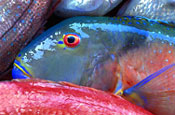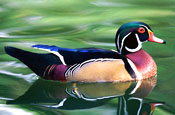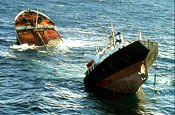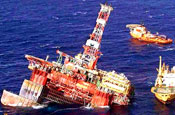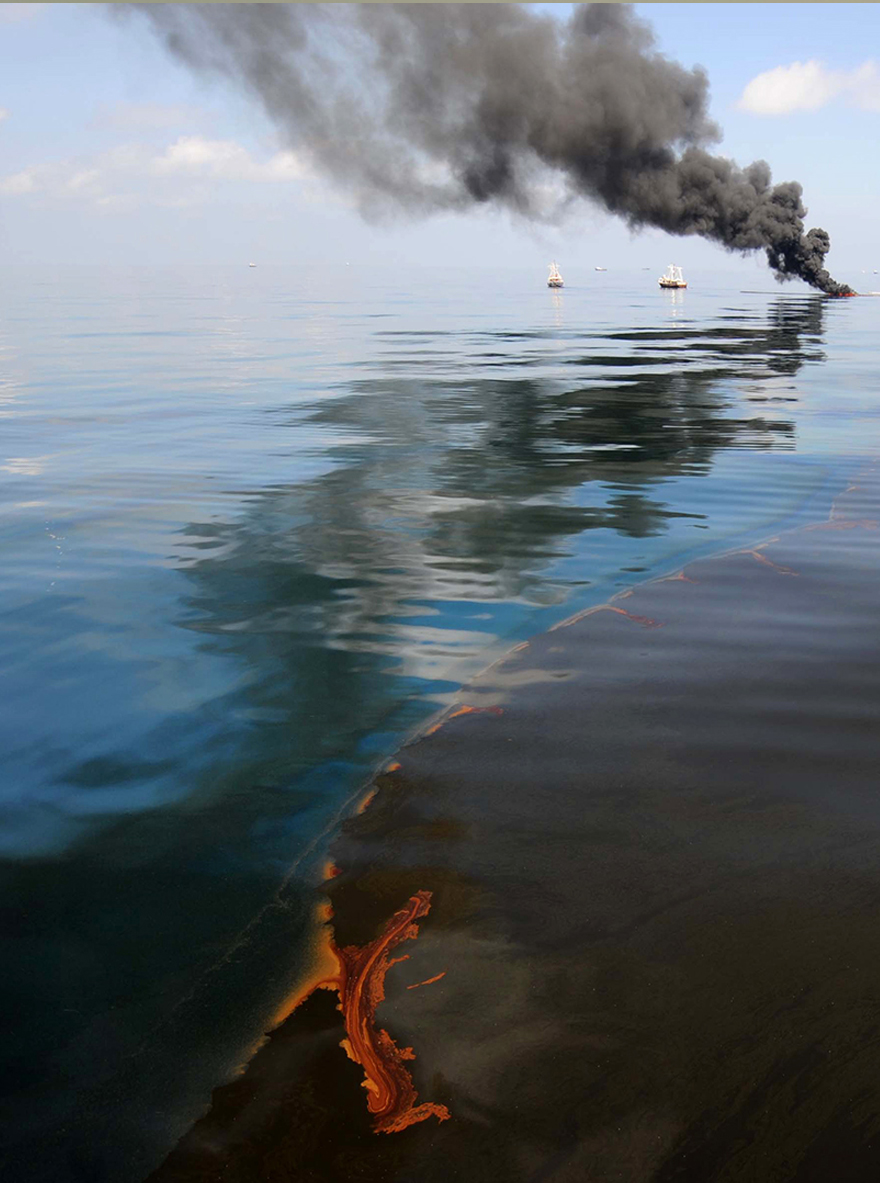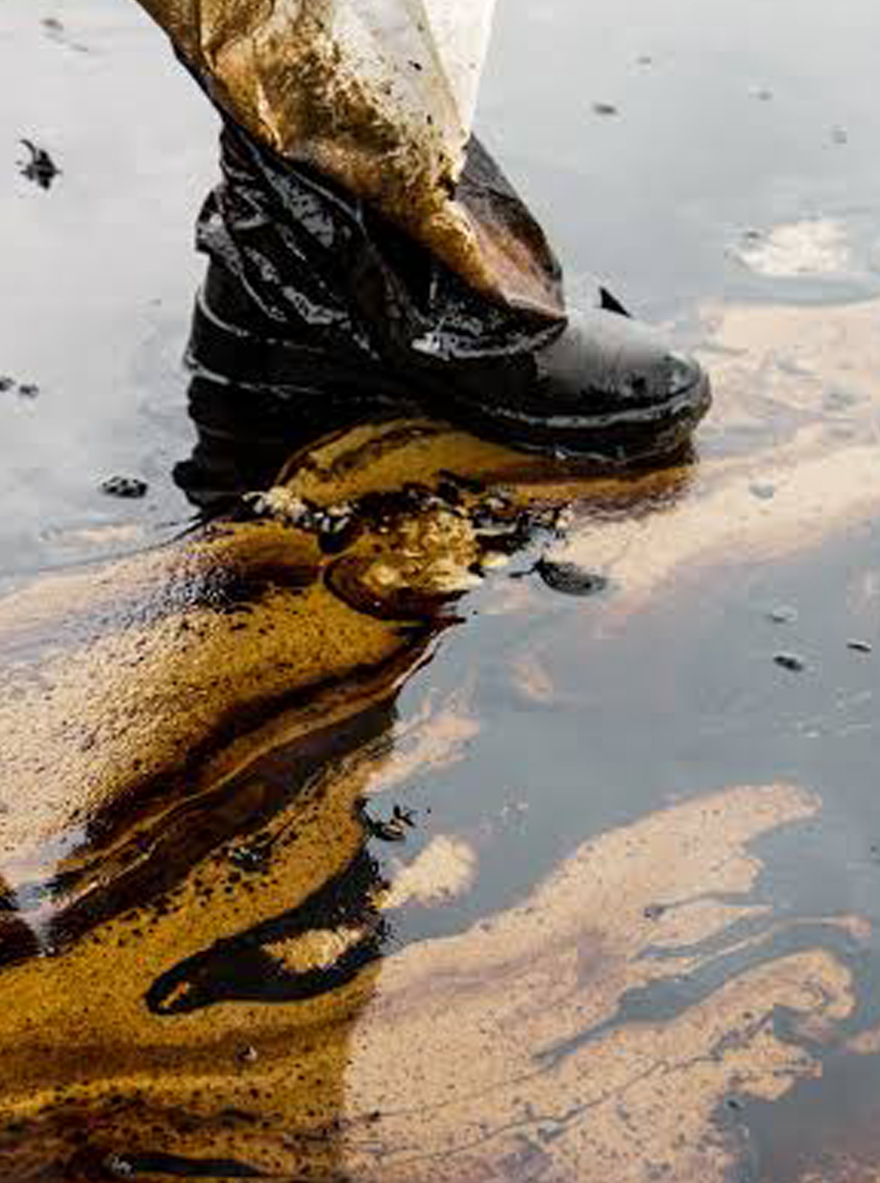Oil Spill Dispersants
When any amount of crude oil is spilled in the sea water, that makes a serious environmental pollution is born and started, it must be fighted and removed immediately, effectively, easily and with a minimum impact on the environment. Of course all of us well known about this disaster, which we have one of its certified solutions and we have its required certifications.
One of the effective certified solutions for dealing with the spilled oils in the sea is disperse it in the sea water by using special dispersants, which are a group of mild chemicals specially designed to be sprayed onto oil slicks, to enhance and accelerate the process of natural dispersion and natural degradation.
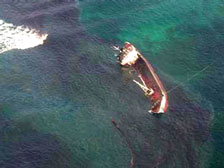
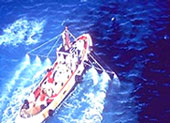
Spraying dispersants may be the only mean of removing oil from the sea surface, particularly when mechanical recovery is not possible. It is used in intended to minimize the damage caused by floating oil, for example to birds, marine living creatures or sensitive shorelines.
We produce several types of oil spill dispersant, but the one which we are very proud in it, and the one that content the latest updated technology in this field, is D.G.S. 500 O,S&R the high performance oil spill dispersant.
Because we all sharing in the same environment, so we will try to make the following information and materials are more educational and simple
Environmental Pollution Fighting
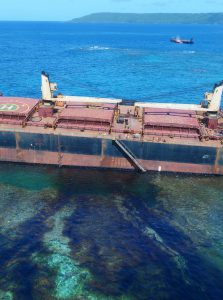
[1-A] – How we describe the D.G.S. 500 O,S&R?
How we describe the D.G.S. 500 O,S&R? D.G.S. 500 O,S&R is a high performance water base oil spill dispersant, with a very low toxicity, in
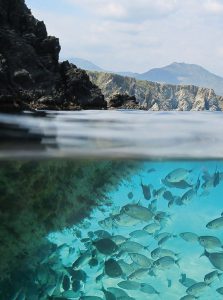
[1-B] – Applications and ratios of D.G.S. 500 O,S&R
Applications and ratios of D.G.S. 500 O,S&R [1-B] – Applications and ratios of D.G.S. 500 O,S&R D.G.S. 500 O,S&R can be applied to open water by
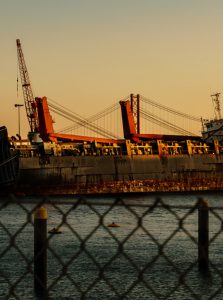
[1-C] – Advantages of D.G.S. 500 O,S&R
Advantages of D.G.S. 500 O,S&R D.G.S. 500 O,S&R was designed & manufactured in EGYPT to give several advantages High performance, very low toxicity and highly
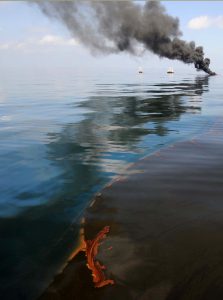
[1-D] – How dose D.G.S. 500 O,S&R work?
How does D.G.S. 500 O,S&R work? The addition of D.G.S. 500 O,S&R is intended to accelerate the natural dispersion of the oil slick. The natural dispersion of
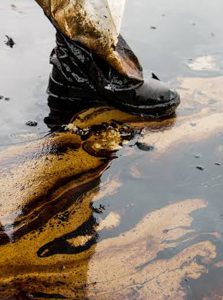
[1-E] – Where the D.G.S. 500 O,S&R with the dispersed oil go?
Where the D.G.S. 500 O,S&R with the dispersed oil go? After the oil slick is break up to finely droplets, and this finely droplets is
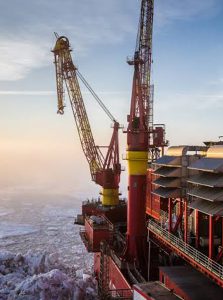
[1-F] – Some of the D.G.S. 500 O,S&R Characteristics
Some of the D.G.S. 500 O,S&R Characteristics Base Water base Dispersant type Type 2/3 [ type 2 + type 3 ] Appearance Golden yellow to
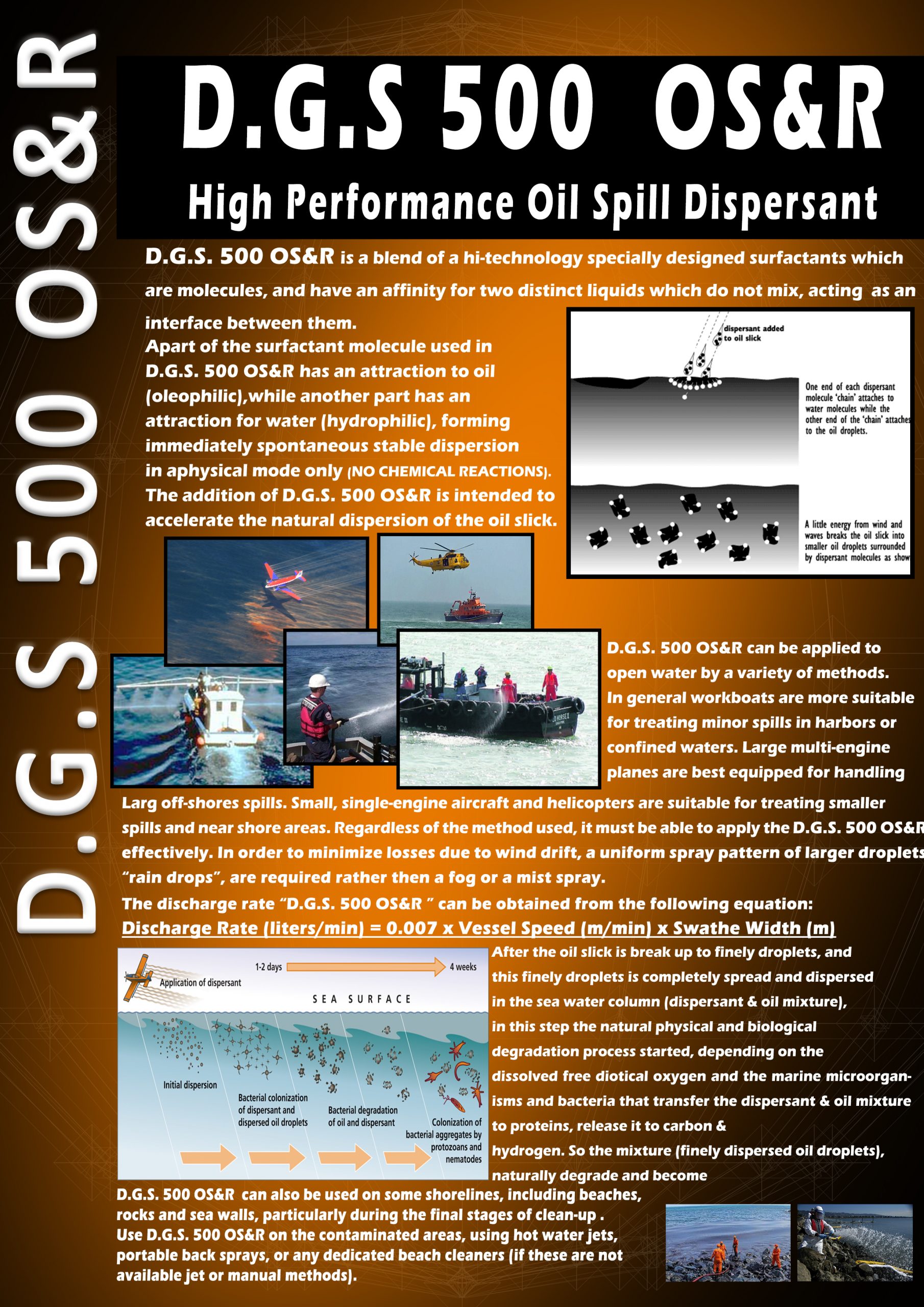
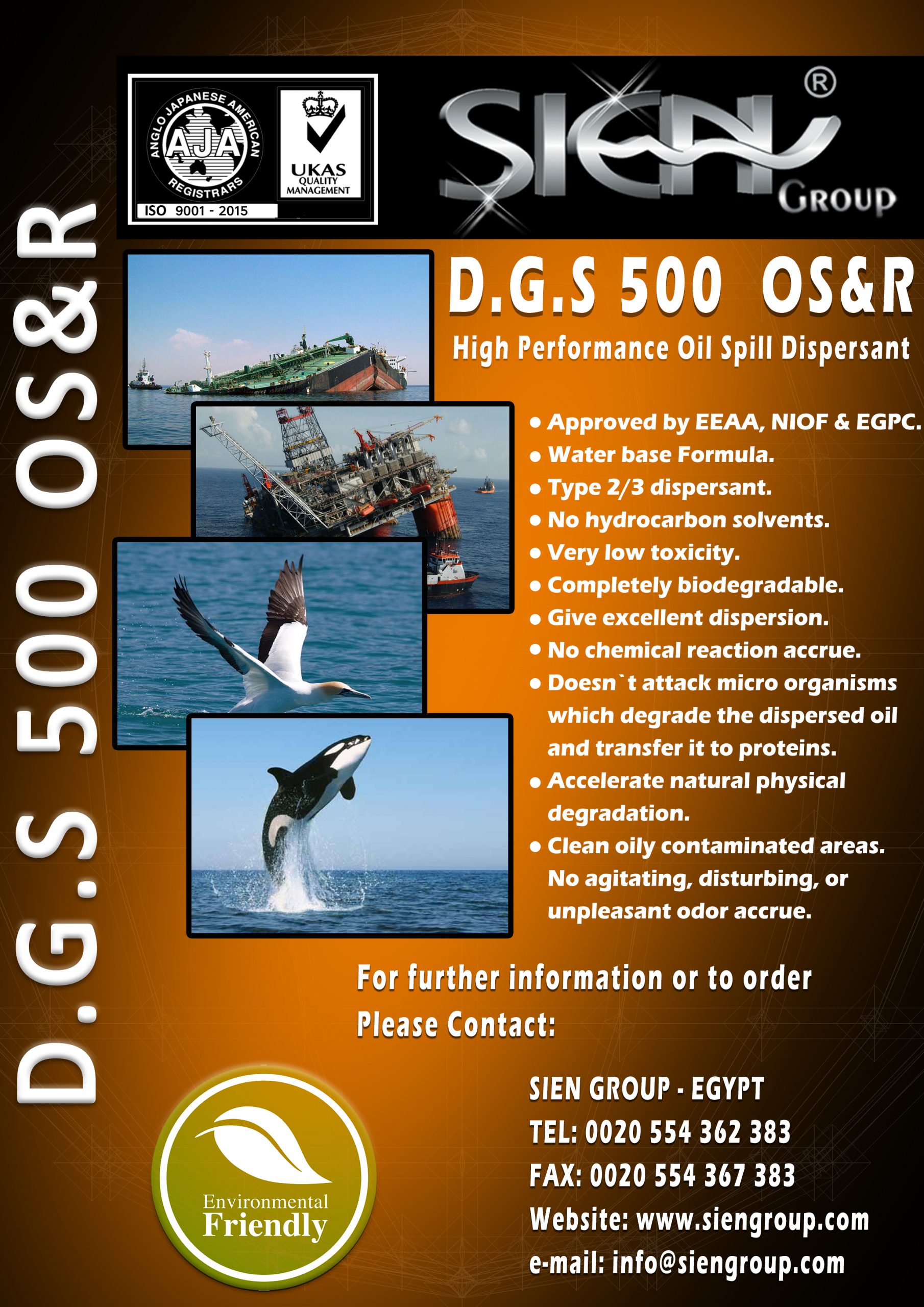


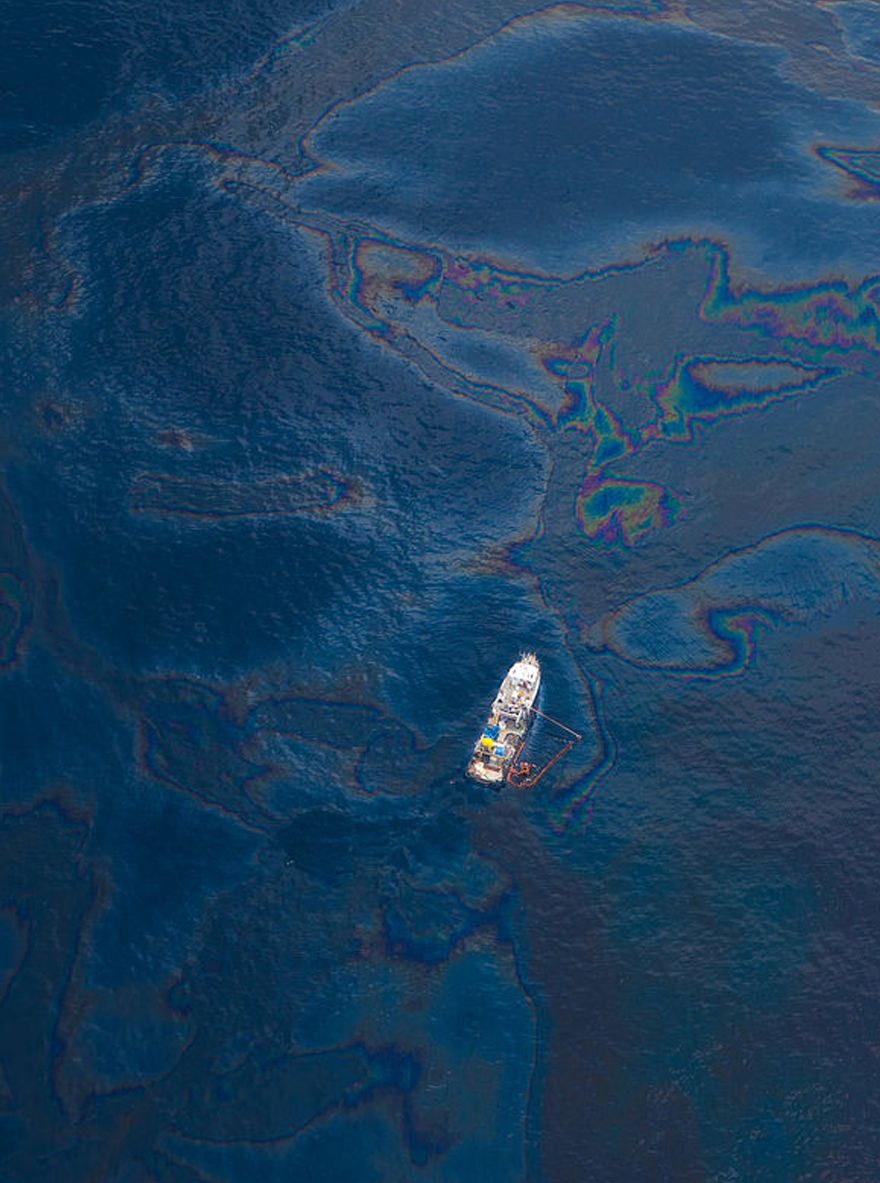
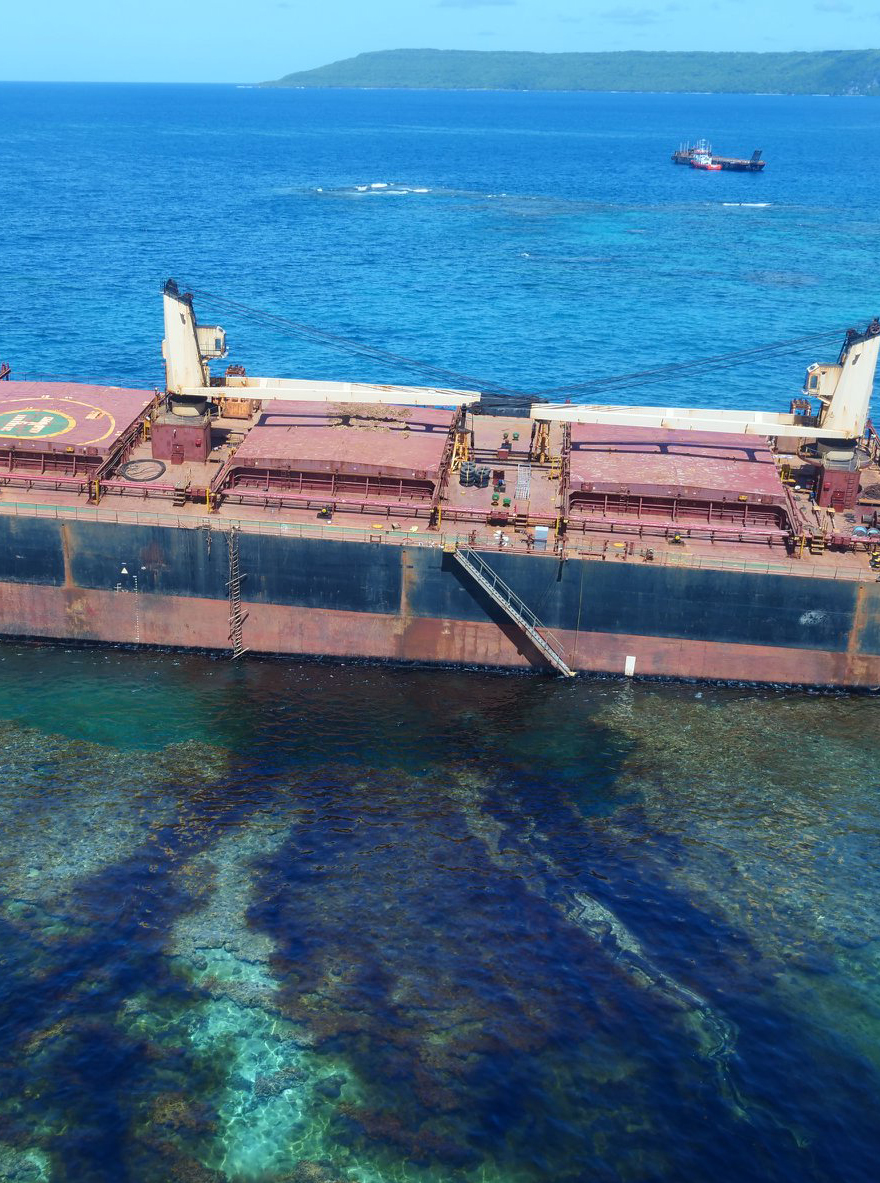
 D.G.S. 500 O,S&R
D.G.S. 500 O,S&R D.G.S. 500 O,S&R
D.G.S. 500 O,S&R D.G.S. 500 O,S&R
D.G.S. 500 O,S&R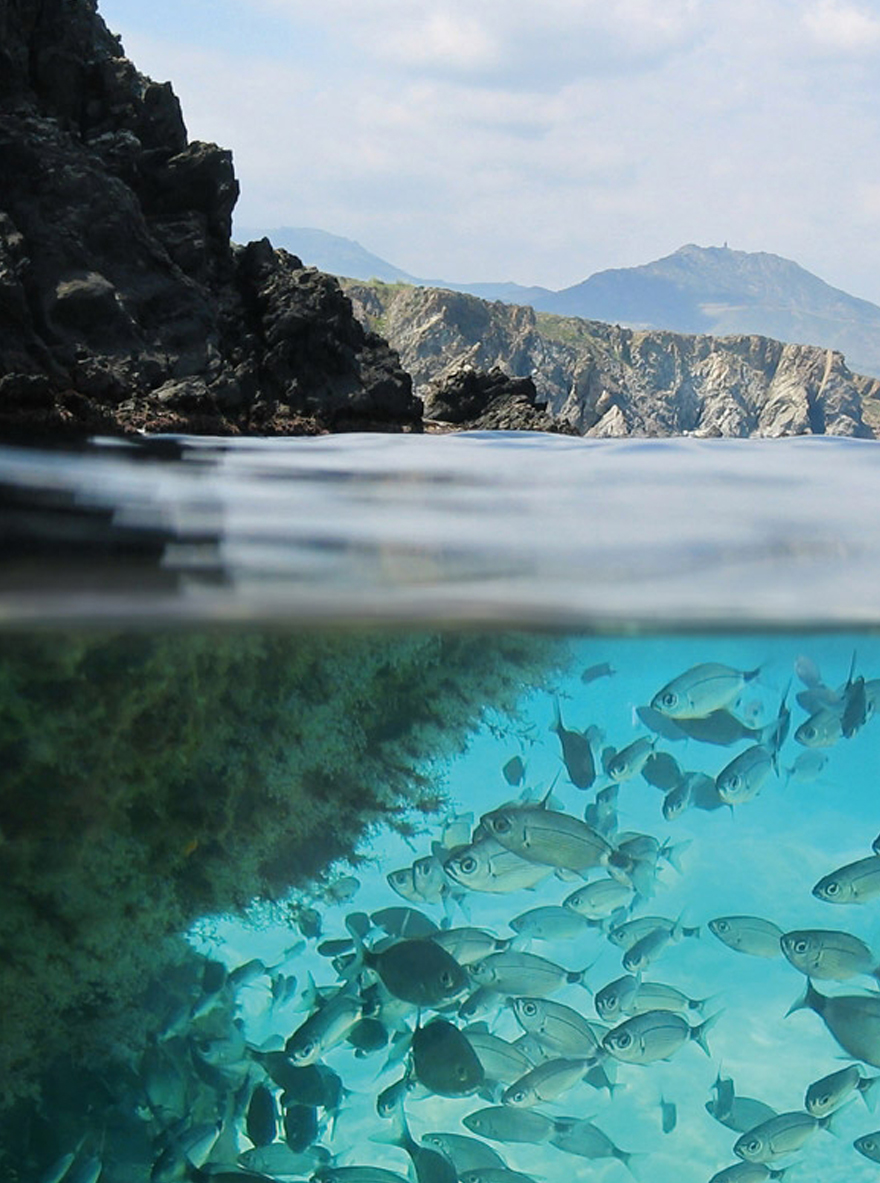
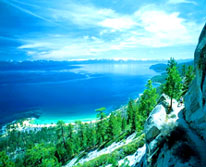


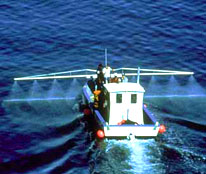
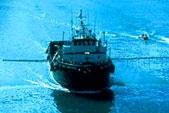



 D.G.S. 500 O,S&R
D.G.S. 500 O,S&R The most appropriate application equipment depends on the type of shoreline substrate to be cleaned, the ease of access and the scale of the operation. For small inaccessible beaches and coves, portable back-pack sprayers are the most suitable. For large expanses of shoreline, purpose-built vehicles can be used.
The most appropriate application equipment depends on the type of shoreline substrate to be cleaned, the ease of access and the scale of the operation. For small inaccessible beaches and coves, portable back-pack sprayers are the most suitable. For large expanses of shoreline, purpose-built vehicles can be used. D.G.S. 500 O,S&R
D.G.S. 500 O,S&R
